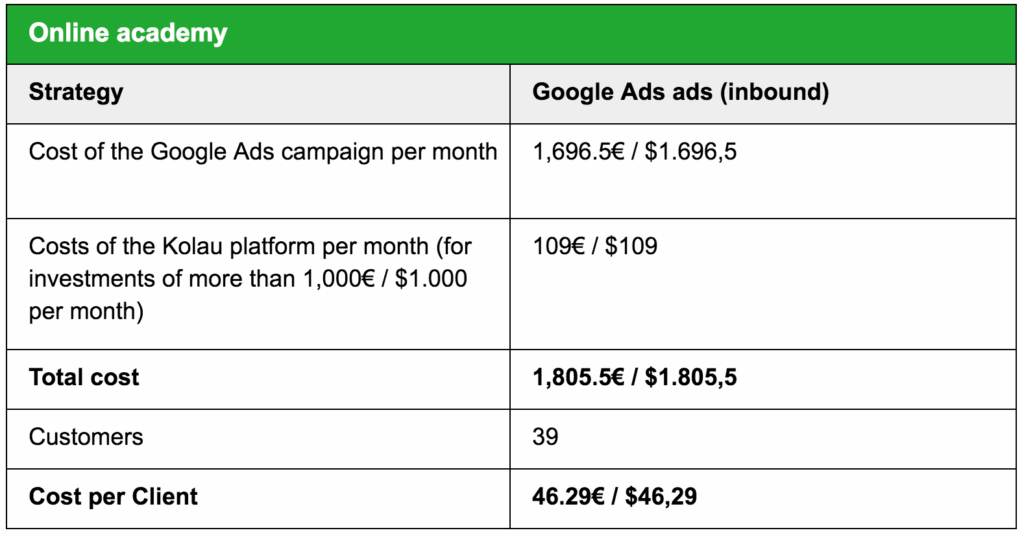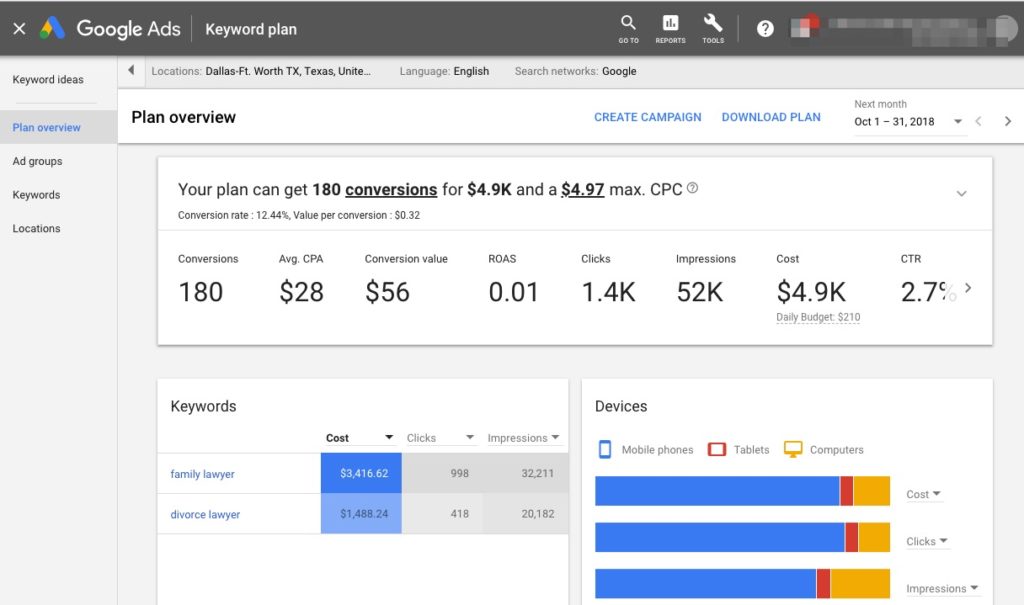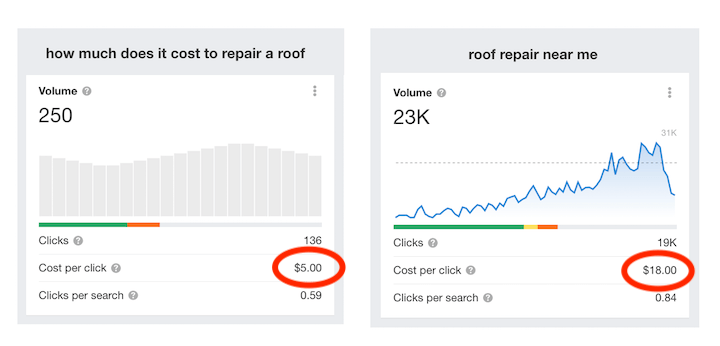How much is google ads per month

How much does Google Ads cost per month? This is a question that most businesses, especially those just starting with Google Ads, often ask. In reality, there is no fixed amount, as the cost depends on various factors such as industry, keywords, campaign objectives, and competition levels. In the article below, Rentads will help you how much is google ads per month and better understand how Google calculates ad costs and the factors influencing your monthly advertising budget.
How to Measure Advertising Costs on Google Ads
To effectively manage your budget when running Google Ads campaigns, it’s essential to understand the key billing methods that Google applies. Each method is tailored to specific campaign objectives, from driving traffic to increasing brand visibility to encouraging conversion actions.

Cost Per Click (CPC)
This is the most common billing model: you only pay when someone clicks on your ad and visits your website. CPC is ideal for campaigns focused on driving potential customers to your site for further exploration or to take a specific action.
Cost Per Thousand Impressions (CPM)
Mainly used for display and video ads, CPM means you pay for every 1,000 times your ad is shown to users, whether they click on it or not. This model is ideal when your goal is to boost brand awareness on a large scale.
Cost Per View (CPV)
With CPV, the cost is incurred when users actively watch your video ad (e.g., watching for 30 seconds or more, or the entire video if it’s shorter). This is an optimal choice if you’re running ads on YouTube and want to attract genuinely interested viewers.
Cost Per Action (CPA)
You only pay when users not only click on your ad but also take a specific action on your website, such as making a purchase, subscribing to newsletters, or filling out a form. CPA is highly effective for campaigns targeting clear, measurable conversion goals.
How much is google ads per month

The cost of Google Ads advertising can vary significantly depending on the industry, keyword competition, and several other factors such as campaign goals and display location. Below are the average price ranges by industry:
- Real Estate Industry: This sector has a high level of competition, so the cost-per-click (CPC) ranges from approximately $0.63 to $2.08, while the cost per 1,000 impressions (CPM) is between $4.17 and $12.5.
- Finance and Insurance: This industry also faces fierce competition, with CPC ranging from $0.83 to $3.33, and CPM ranging from $6.25 to $20.83.
- Travel Industry: The average CPC ranges from $0.42 to $1.67, while CPM is between $3.33 and $10.42, making it suitable for brand promotion campaigns, tours, and vacation package deals.
- Education Sector: The costs are relatively lower, with an average CPC ranging from $0.33 to $1.25, and CPM ranging from $2.5 to $8.33.
- Fashion Industry: This sector has relatively lower costs, with CPC ranging from $0.21 to $1.04, and CPM ranging from $2.08 to $6.25.
- Technology Industry: The average CPC ranges from $0.5 to $1.88, while CPM can range from $3.75 to $11.67.
The figures above are for reference only. Depending on the advertising strategy, target audience, and campaign optimization methods, actual costs may vary significantly.
Key Factors Affecting Google Ads Cost
The cost of advertising on Google is not just a number you set in your budget; it is influenced by various factors. Understanding these factors will help you better manage your budget and optimize campaign effectiveness. Below are the four most important factors:
Industry Type
Each industry has its own level of competition. “Hot” sectors, such as real estate, finance, and insurance, typically have higher advertising costs due to numerous competitors targeting the same customer group. In contrast, industries with less competition will have more affordable advertising costs.
Keyword Competition
Not all keywords have the same price. Popular keywords that are frequently searched and targeted by many businesses often come with higher bid prices. Choosing the right keywords that align with your target audience and business objectives can significantly help in reducing costs.
Quality Score
Google evaluates each ad based on the relevance between the keywords, the ad content, and the landing page experience. Ads with a higher Quality Score are more likely to be shown at a lower cost. Therefore, optimizing ad content and the website is a key factor in reducing costs.
Bidding Strategy
Choosing the right bidding strategy – such as maximizing clicks, optimizing conversions, or targeting CPA – will directly affect the cost and effectiveness of your campaign. By applying the appropriate strategy aligned with your business goals, your budget will be used in a more optimized and efficient way.
Monthly Google Ads costs depend on various factors such as industry, keyword competition, advertising strategy, and campaign objectives. While there is no fixed amount, you can control and optimize your budget by selecting the right keywords, improving your Quality Score, and adopting a smart bidding strategy. Understanding these factors will help you create a cost-effective and successful ad campaign.
Contact Info
Are you in need of Facebook advertising or need to rent a quality Facebook advertising account? Don’t worry! Rentads is a unit specializing in providing reputable Facebook accounts, as well as direct advertising support. Provides all types of advertising accounts such as google ads account for rent to help you reach and create fast conversions.
Frequently Asked Questions
The basic formula for calculating Google Ads costs is based on the CPC (Cost Per Click) or CPM (Cost Per 1,000 Impressions) bidding models. Specifically, Google Ads costs can be calculated using the following formulas:
CPC Cost = Number of Clicks x CPC Bid
CPM Cost = (Number of Impressions / 1,000) x CPM Bid
Additionally, if you use the CPA (Cost Per Acquisition) strategy, the cost is calculated based on the number of conversions achieved. This method helps you optimize your advertising costs according to the campaign goals, such as increasing sales or gathering leads.
When deciding on the budget for your advertising campaign, you need to consider your campaign goals, industry, and level of competition. If you’re just starting out, it’s a good idea to begin with a small budget to test the effectiveness and gradually increase it as you gather data. A general rule is to allocate about 10-20% of your budget for testing and campaign optimization. The most important thing is to ensure that your budget is sufficient to achieve your goals, but not exceeding your financial capacity.